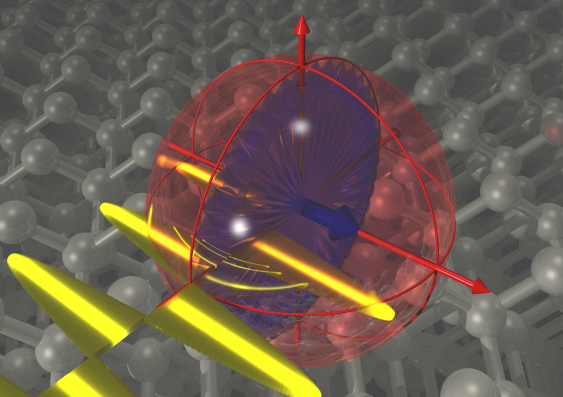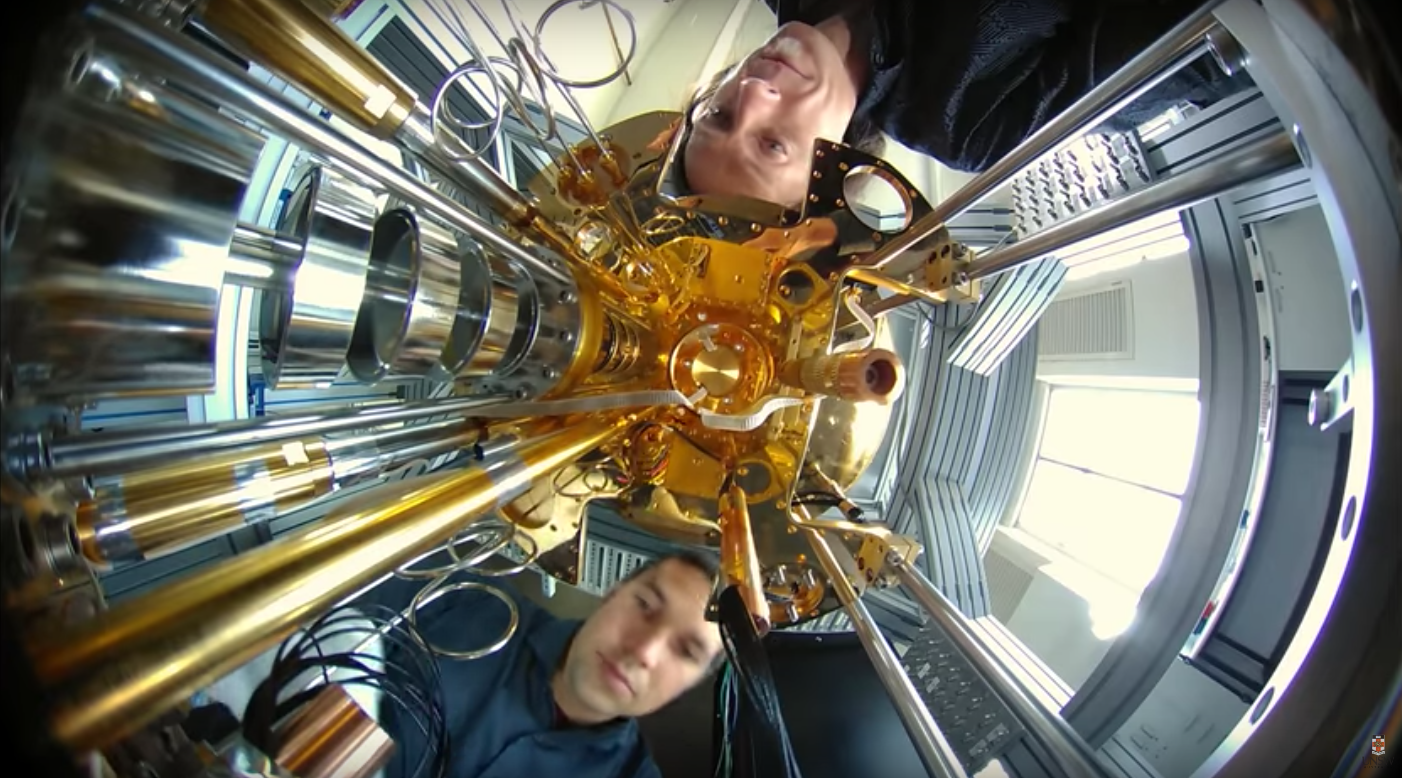Qubits, the unit of information used by quantum computers, make use of a phenomenon known as “superposition” wherein they can exist in two separate quantum states simultaneously. Theoretically, they’d enable computers to perform a variety of tasks far faster than conventional desktops by performing simultaneous computations in parallel. The problem is that qubits tend to be very unstable which prevents the information the contain from being read. However, a team of researchers from the University of New South Wales (UNSW) in Australia may have finally tamed the elusive qubit. They’ve coerced one into remaining stable for ten times as long as normal qubits.
“We have created a new quantum bit where the spin of a single electron is merged together with a strong electromagnetic field,” Arne Laucht, a Research Fellow at UNSW, said in a statement. “This quantum bit is more versatile and more long-lived than the electron alone, and will allow us to build more reliable quantum computers.”

These “dressed qubits” (in that they’re “dressed” by the electromagnetic field) are able to retain information far longer than the standard “spin” qubit. And the longer the qubit can hold onto that information, the more powerful the computation researchers can make. The UNSW researchers create these custom qubits by blasting an electron’s spin with a continuously-oscillating magnetic field at microwave frequencies. Changing the frequency of the field adjusts the electron’s spin, much the same way that sound travels over FM radio.
This advancement could finally make quantum computers actually useful and bring them mainstream. Though that’s not from a lack of interest. Intel and Google are both already working on quantum computer designs of their own.
(30)

